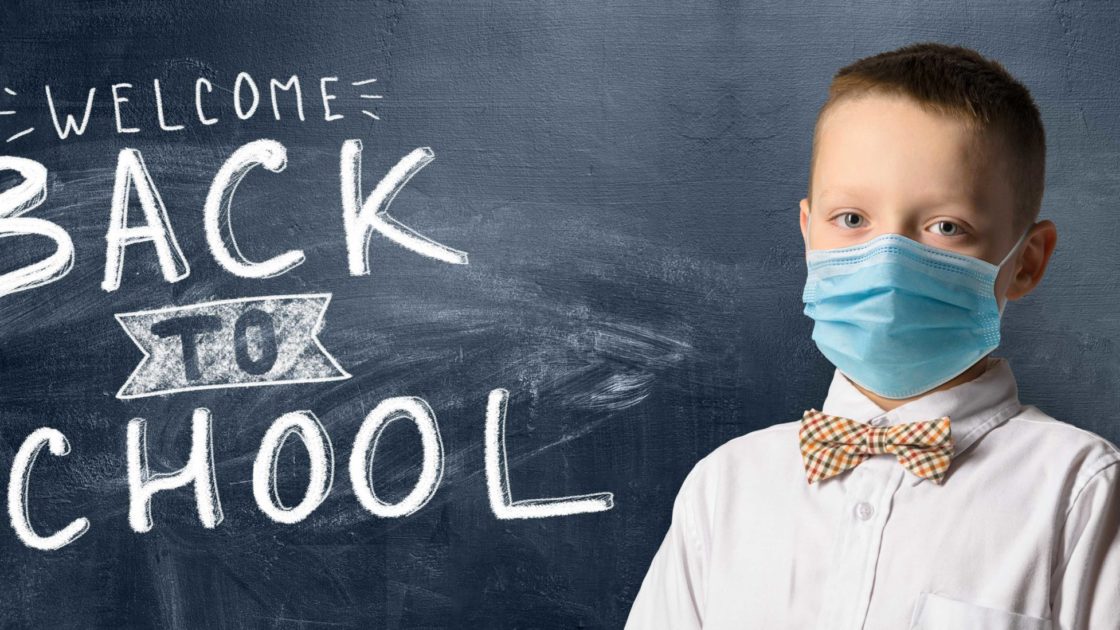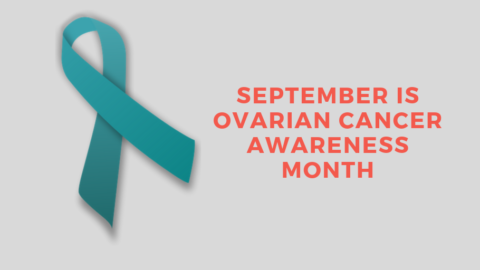For K-12 students and parents, preparing for the fall school term will be far from normal. Rather than shopping for new backpacks, notebooks, and pens, most are combing stores for facial coverings, hand sanitizer, and disinfectant wipes.
Once again, parents are caught in the crossfire of mixed messages on the airwaves, unsure whom or what to believe. The American Academy of Pediatrics (AAP) announced in June that all children should return to in-person fall classes for their overall physical and mental wellbeing.
Then, in late July, AAP reversed its stance, just as the federal government began loudly emphasizing its support for school buildings to reopen unless there is “substantial, uncontrolled transmission” of the virus. The AAP joined three other education organizations in stressing that health concerns should dictate when schools open, not politicians.
So where does the latest conflicting advice leave students, staff, and parents on brick-and-mortar school reopening? According to a Kaiser Family Foundation (KFF) survey in mid-July, 55% of Americans oppose public schools in their community reopening with in-school instruction in the fall, while 44% support reopening. Most poll respondents also favored delaying school openings to minimize the risk of getting coronavirus, even if some students will fall behind academically or miss other school-provided services and some parents cannot return to work.
The KFF poll found significant differences along race/ethnicity of those surveyed.
Parents of color are significantly more likely to be worried about their child contracting COVID-19 if schools reopen and losing income if they don’t reopen compared to white parents (65% vs. 41%).
Black and brown parents also expressed more concerns about having needed technology for online learning and students not having enough to eat compared to white survey respondents.
School bells may be silent in many jurisdictions this fall, but the public health alarm reverberates loudly. If students become ill due to coronavirus, their educational opportunities will be compromised regardless of whether classes are offered in person or online.
A recent national PTA town hall pointed out what infectious disease specialists are still learning about children’s susceptibility to the virus and important differences in age cohorts.
Although we cannot control an evolving COVID science, health education professionals can educate local school officials about the critical need for health education to accompany their disinfectant, social distancing and testing protocols.
Let’s use this teachable moment to demonstrate how health education cannot only help mitigate the spread of disease among students, staff and the community, but also address the mental, social and emotional sequelae of this pandemic.
Further, we must advocate for the resources to address the needs of vulnerable populations, including those with chronic diseases, live in poverty, or have developmental challenges or disabilities.
We must sound the bell for relying on the best scientific evidence to guide local school decisions and the needed funds to support all students’ educational achievement.
Elaine Auld, MPH, CHES®


